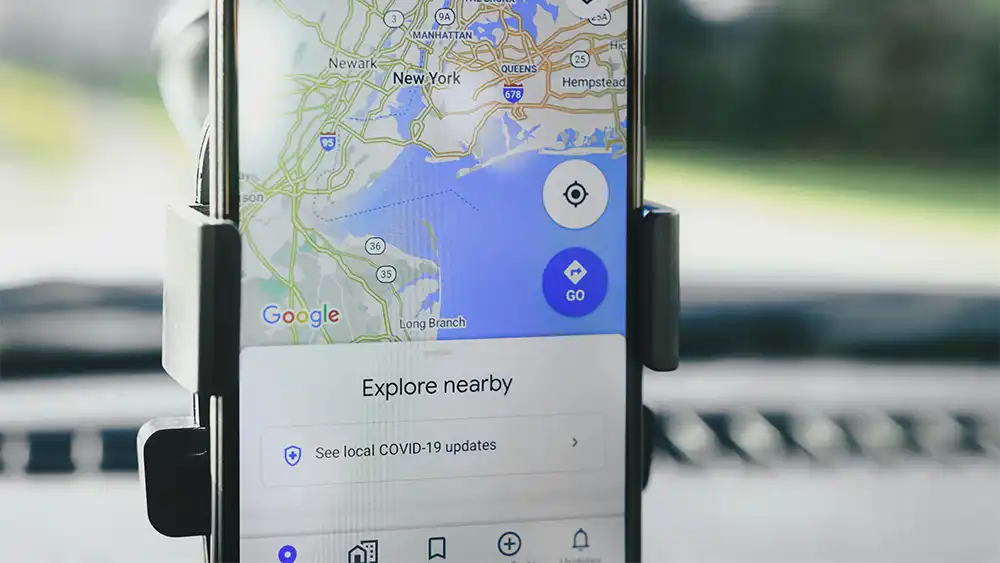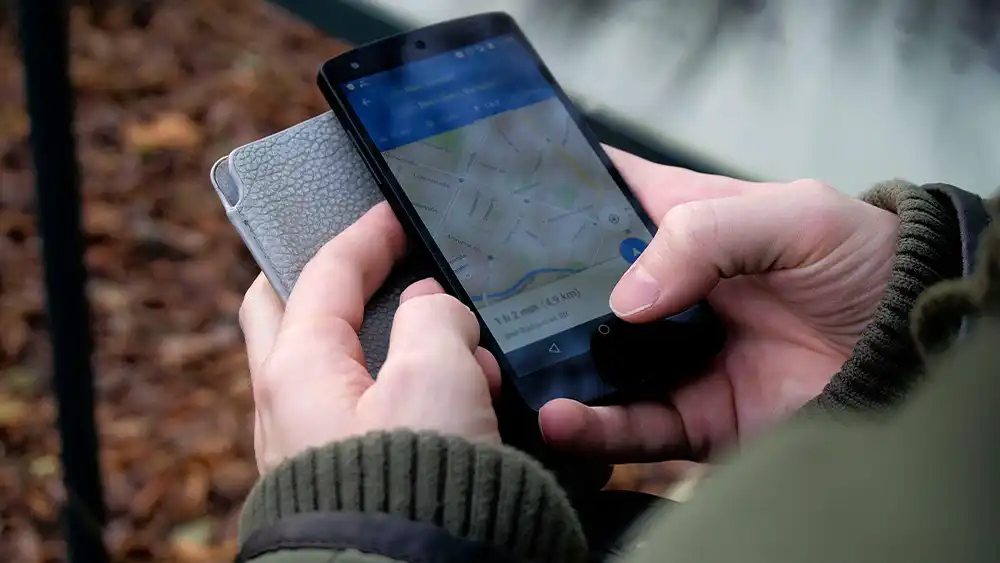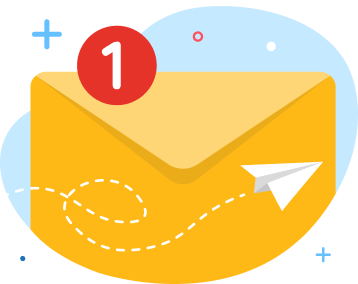Geolocation App Development: Key Features and Best Practices

Location-based apps revolutionized the way users interact with technology by offering services right where the user is—be it navigation, fitness, ride-sharing, or even delivery services; all of these applications depend on GPS or other geolocation technologies for their ability to introduce convenience and functionality to users.
The development market for location based apps is growing pretty fast. The geolocation services market is set to surpass $60 billion by 2025, as stated by industry reports, because of the increased adoption of mobile devices and demand relating to location-aware services. Hence, businesses are leveraging this by creating innovative apps with a prime objective to serve user preferences and resolve location-specific problems.
In this comprehensive guide, we shall walk through how one could create a location-based app, what key features need to be there, what challenges await, and best practices according to the industry. Also, successful examples of GPS apps will be discussed to light up your inspiration for your next development project.
What Are Location-Based Apps?
Location-based applications are mobile or web applications that use geolocation technology to provide users with services based on their physical location. The applications use GPS, Wi-Fi, cellular networks, and Bluetooth for location identification. They have seen very high usage in many areas like transportation, healthcare, retail, and more.
Common Use Cases
- Navigation and Travel: Google Maps, Waze
- Ride-Sharing and Delivery: Uber, DoorDash
- Fitness and Outdoor Activities: Strava, AllTrails
- Social Networking: Tinder, Foursquare
- Retail and Marketing: Target, Sephora (in-store promotions)
Key Features of Location-Based Apps

Building a competitive location-based app requires the following important features, among others:
- Real-Time GPS Tracking: Real-time tracking accurately is critical for apps such as Uber and Lyft, intended for navigation and ride-sharing; these let users track routes or find services around their neighborhood.
Example: Uber utilizes enhanced GPS technology in matching up passengers and drivers to create flawless experiences. - Geofencing: Geofencing allows the app to take appropriate action based on whether the user has either entered or exited a certain area. This feature may be utilized by retail apps, which send promotional notifications while one is within the confines of a store, or by logistic apps that manage fleet movements.
Example: Starbucks uses geofencing to alert customers when they are near a store and what’s hot for the day, plus a special offer. - Push Notifications: It keeps users engaged with location-relevant updates. For example, Foursquare alerts its users about some attractions or actions that might interest them based on the location they are.
- Offline Mode: Apps can go offline, such as Google Maps, which enable navigation without the internet. This feature is very helpful in places where network connectivity is very poor.
- Customizable Maps: Maps offering users a chance to visualize whatever data they need means a lot to them. The fitness apps, such as Strava, provide their users a chance to customize and then analyze their routes.
- Safety and Privacy Features: Transparency regarding data usage and providing user controls over location sharing builds trust.
Read Also: Mobile Safety Apps
How to Make a Location-Based App: Step-by-Step Guide

1. Explain the Purpose and Target Audience
Explain the problem your application will solve. Is it a navigation app, a delivery app, or maybe a social networking app?
2. Choose the Right Technology Stack
- Geolocation APIs: Google Maps, MapBox, or HERE Technologies will be of help to you with reliable mapping.
- Front-end frameworks: React Native or Flutter assure great user experiences.
- Back-end development: Node.js or Python offer scalability for a huge volume of location data.
3. Design a User-Friendly Interface
Keep your UI intuitive and nice. Apps like Waze and AllTrails are doing great in making user navigation and activity tracking simple.
4. Pay Attention to Data Privacy
Follow the requirements of different acts, such as GDPR or CCPA. Offer location data encryption and enable users to manage options for data sharing.
5. Accurate and Performance Testing
Test your application in an actual environment thoroughly to confirm GPS accuracy and an application working performance. For example, Uber has invested hugely in testing its products for better performance.
6. Advanced Features
For example, AI-based recommendations or augmented reality for interactive navigation.
Best Practices in Geolocation Application Development

- Optimize Battery Consumption
Continuous location tracking is a very battery-consuming process. Implement various approaches, such as adaptive location updates, or use background processes. - Increase Scalability
Develop your backend architecture able to scale up. AWS or Google Cloud will handle increased demand. - Accurate Location Is Vital
GPS in combination with Wi-Fi, Bluetooth, and cellular networks provide more precise tracking. Applications like Google Maps use several sources of data. - Personalize User Experiences
Displaying content and recommendations: Use geolocation data to personalize content and recommendations. A good example is how Yelp recommends restaurants based on user location. - Implement Analytics
Track user behavior and app performance to improve your offering. Analytics can also show which features users use most in your app.
Challenges in Geolocation App Development
Ensure Data Privacy: Because of privacy, users might be reluctant to share location data. An app should have very transparent policies and robust security.
Interference Handling
Sometimes, GPS just cannot get through skyscrapers or underground. Hybrid solutions are possible by using Wi-Fi and Bluetooth.
Ensure Regulatory Compliance
Not all locations have the same laws regarding location information. Your app should be compliant with various region standards such as GDPR, HIPAA for healthcare, or CCPA.
Balance Performance vs. Accuracy
The tradeoff between high accuracy and minimum battery consumption requires delicate optimization.
Examples of Successful Location-Based Apps
- Google Maps: Google Maps is a gold standard for GPS apps: accurate navigation, real-time traffic, and maps for offline mode. Rich features make it impossible to replace for personal and business use.
- Uber: The success of Uber depends on how all the benefits of geolocation features – connections between drivers and passengers, the exact calculation of ETA, real-time route optimization – are smoothly integrated into one.
- Pokemon GO: This gaming app managed to make a breakthrough in geolocation app development, having mixed AR with GPS. It used to engage players with the physical world around them to catch up with virtual creatures.
- Waze: Waze differs by its traffic updates crowdsourced. Users update data on road conditions, accidents, and detours in real-time.
- Foursquare: Foursquare has a geofencing feature that allows detecting any businesses nearby and gives users personalized suggestions.
How Much Does It Cost to Build a Location-Based App?
The price of how to create a location-based app depends on features, complexity, and team experience.
Cost Breakdown
- Basic GPS Application: $20,000–$50,000
- Mid-Level Application with Geofencing: $50,000–$100,000
- Advanced Application with AR/AI Features: $100,000+
Other things that may influence the price are the following:
- Location of a development team (onshore or offshore)
- The complication of implemented feature logic
- Time-to-market
Final Words
The perfect location-based app takes careful consideration of your plan, robust technology, and placing users at the forefront of your mind. You will be able to make sure your app will be at the forefront in the competitive market with the right mixture of critical components, like GPS tracking, geofencing, and offline capabilities. Whether your purpose is to develop a navigator, some delivery utility, or an AR game, ideas for geolocation application development are just innumerable.
Also, provided that you keep all best practices in mind and take into consideration examples like Google Maps and Uber, you will be able to deliver an application to meet users’ needs and outrun the competition within the market. Is it high time for you to get started? With the right team and strategy, your app can start redefining how users have been experiencing location-based apps.

news via inbox
Sign up and never miss out on the latest news and updates at HighStuff




